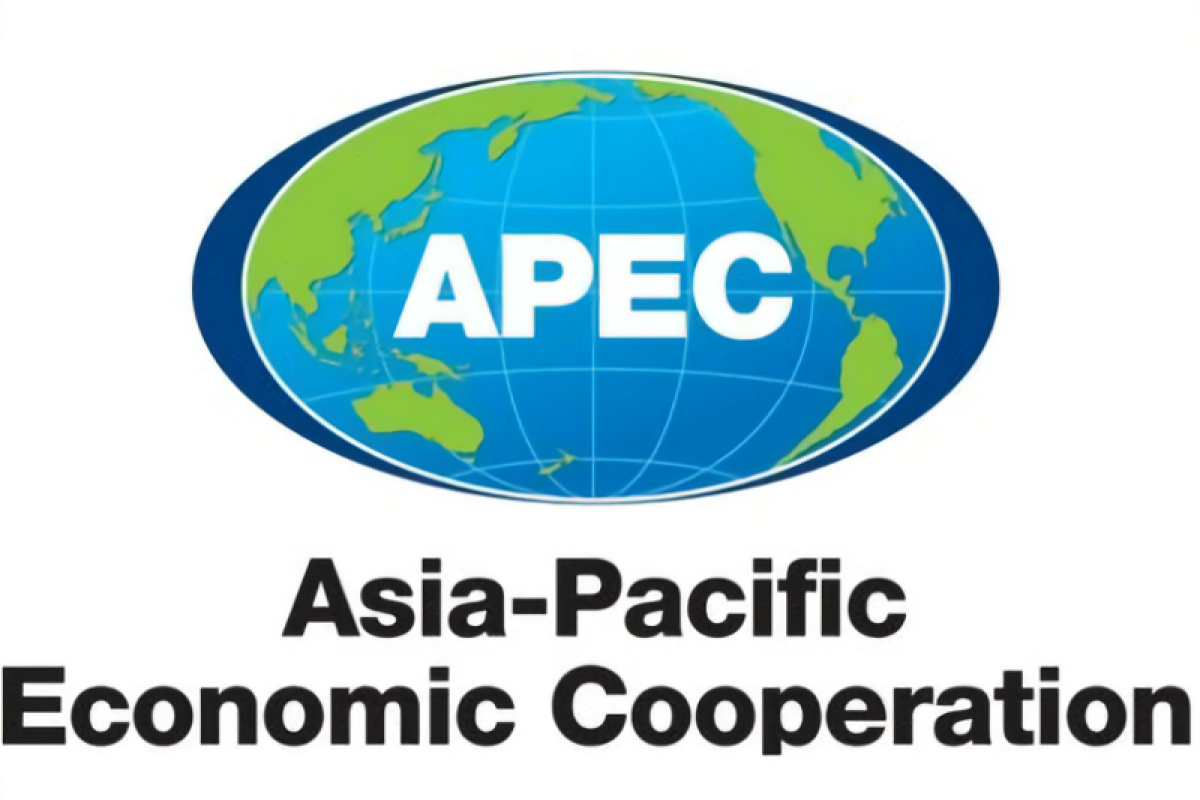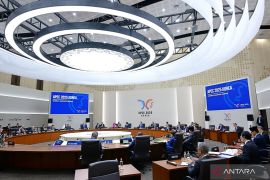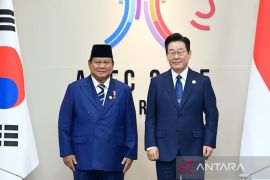With global trade now dominated by trade in intermediate goods, lower trade costs could facilitate global supply chain participation and growth.Jakarta (ANTARA) - Analysts from the Asia-Pacific Economic Cooperation (APEC) have issued three recommendations for controlling trade costs, which are increasing amid ongoing crises and disruptions.
There has been no shortage of economic news in the past couple of months in terms of increased food and energy prices, high borrowing costs, a climate-related energy crisis, widening trade deficits in the region’s important hubs, production shifts, inflation, warnings of a semiconductor oversupply—which observers are finding difficult to keep up with.
Amid uncertainty and disruptions, one thing is clear: gone were the days of stable and reliable global supply chain hubs central to trade networks, APEC analysts said in a statement issued by the grouping on Tuesday.
Those trade hubs were an unappreciated golden goose. They have proven to be effective, efficient, and reassuring. However, the comfort of a centralized trade network overlooks the risk and fragility it inherently poses, according to the statement..
Related news: APEC region's growth to slow down amid uncertainties, crisis: Report
It was the hope this year that businesses and social activities would slowly return to some sort of normalcy.
The pandemic has made a huge dent in economic activity and it has transformed the world as we know it, changed the way we live, challenged the status quo, and shaken the traditional architecture of global trade and supply chains.
In a report by the APEC Policy Support Unit (PSU), analysts presented two differing views of global trade and supply chains amid COVID-19.
While it has been relatively resilient during the pandemic, global trade is currently undergoing substantial reconfiguration to regain its rhythm.
"Global trade is conducted through a network of value chains," a PSU senior analyst, Akhmad Bayhaqi, said.
Related news: Paramount need for APEC to future-proof region from crisis
"Like a complex circulatory system, when value chains are functioning well, they rarely become the center of attention. However, since the start of the pandemic, supply chains have been high on people’s and policymakers’ minds," he noted.
"Just at the early stages of the pandemic, global trade collapsed by almost 16 percent," he pointed out.
Such an outlook is concerning, according to the APEC analyst, especially without tangible measures to tackle rising trade costs and support complex supply chain networks.
To put the narrative into perspective, Bayhaqi and co-authors, Nguyen Thu Quynh and Emmanuel San Andres, reviewed trade costs in APEC over the past two decades.
Between 2000 and 2018, the average for APEC economies declined by 8.5 percent from 129 percent to 118 percent in ad valorem tariff equivalent terms.
While global trade costs spiked in 2009 and 2020, the APEC region showed a degree of resiliency, with trade costs increasing at a slower rate than the world as a whole.
This resiliency could be credited in part to APEC’s continuous efforts toward trade facilitation—including the first and second Trade Facilitation Action Plan and the Supply Chain Connectivity Framework Action Plan—wherein member economies simplified and rationalized customs and other administrative procedures that hindered, delayed, or increased the cost of moving goods across international borders.
"Trade cost is an essential determinant of trade," Bayhaqi said.
"With global trade now dominated by trade in intermediate goods, lower trade costs could facilitate global supply chain participation and growth," he added.
Despite showing a certain resiliency, trade costs in the APEC region remain at risk, especially considering the additional inflationary pressure. Keeping trade costs relatively low while continuing to support supply chain networks to make them more resilient is key to a robust economic recovery.
The first recommendation laid out in the report is to invest in trade facilitation reforms and facilities to resolve supply chain bottlenecks.
Implementing the trade facilitation measures in the WTO Trade Facilitation Agreement, further streamlining trade processes and clearance requirements, providing improved access to transport infrastructure, as well as supporting vibrant domestic logistics providers are some concrete actions that can be considered to achieve this end.
The second recommendation issued by APEC analysts is to reduce trade costs and improve the resiliency of supply chain networks in order to prevent disruptions in the supply of essential products such as chemicals, medical supplies, personal protective equipment, and medical equipment.
Related news: Indonesia Impact Fund offers funding to Greenhope biotech start-up
To achieve this, member economies may consider supporting supplier diversification, taking steps to ensure a trusted, rules-based trading environment, and creating a responsive regulatory environment.
It has become particularly important for governments to help firms diversify their portfolio of suppliers when disruptions happen.
The last recommendation from the Policy Support Unit is to strengthen coordination and regional cooperation when adopting an economic policy.
While re-shoring production, promoting self-sufficiency, and unwinding trade integration may seem like the best options, they can have the opposite effect and create unwanted spillover in other economies.
"Ensuring transparency and predictability of trade policies will facilitate coordination and cooperation as it helps traders minimize costs and anticipate sudden policy changes," Bayhaqi added.
Related news: APEC economies coordinate policies to revive tourism, travel industry
Related news: APEC officials seek to address uncertainties, improve resiliency
Reporter: Yuni Arisandy Sinaga
Editor: Fardah Assegaf
Copyright © ANTARA 2022











